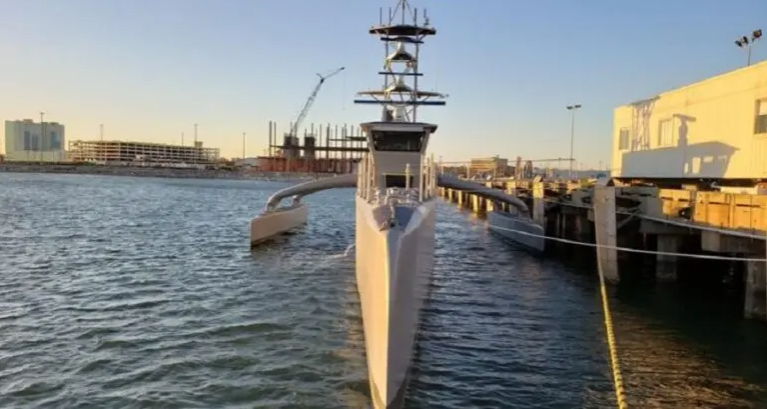
Navy Takes Delivery of Sea Hawk Unmanned Vessel
This post has been updated to correct the builder of the Sea Hunter platform for DARPA. A second medium-sized unmanned…
Copyright 2024 U.S. Naval Institute. All Rights Reserved.